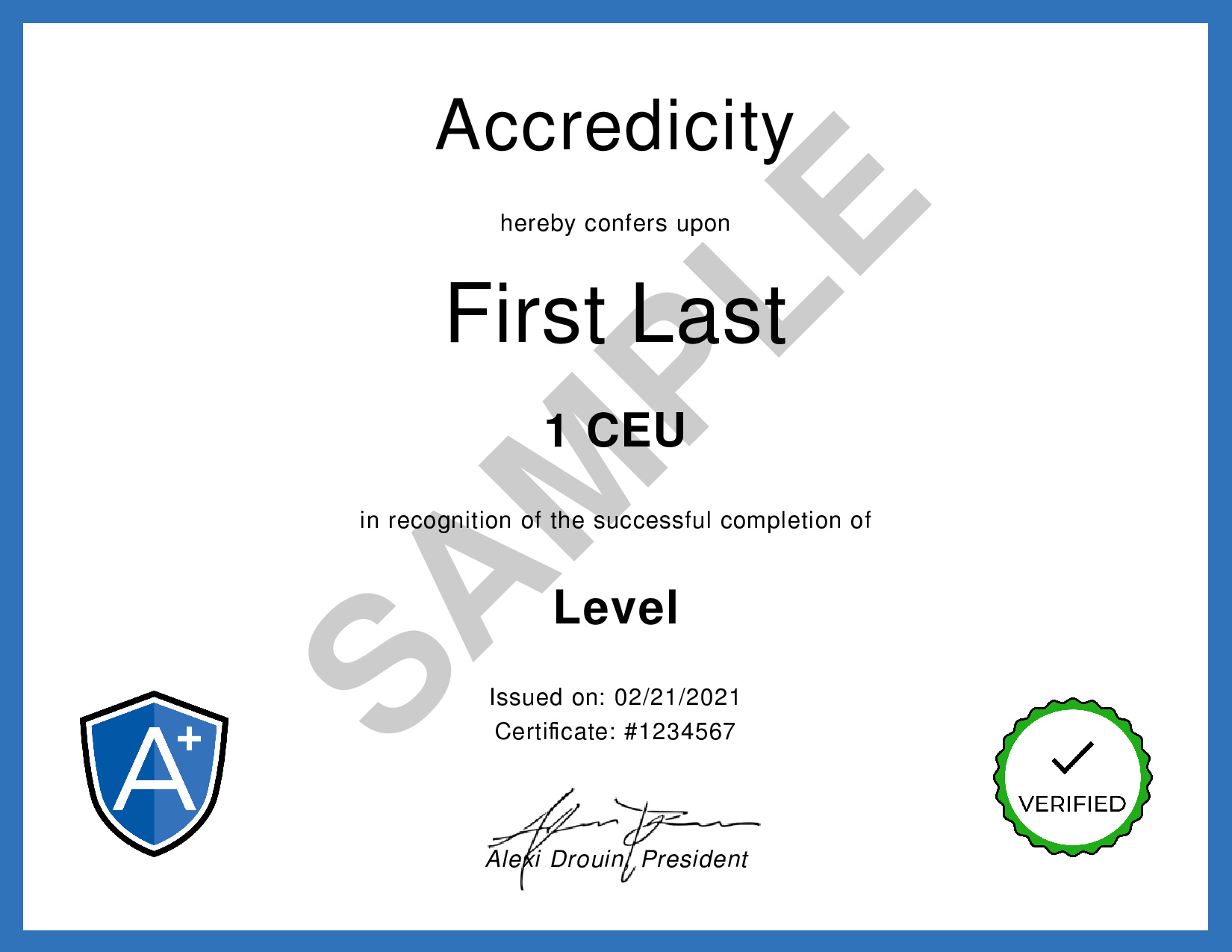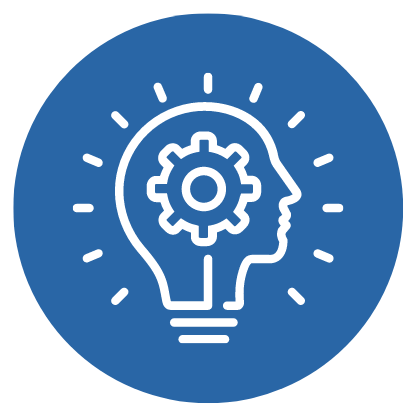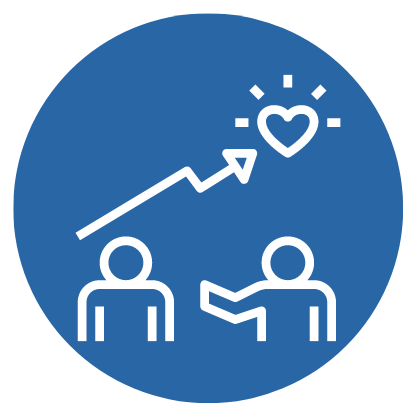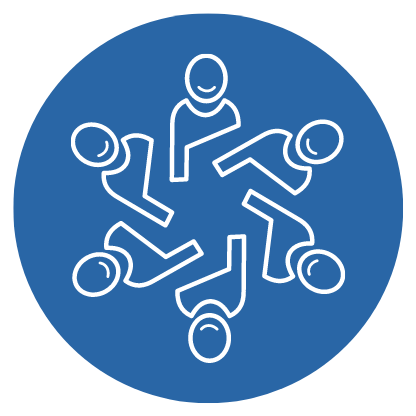Unlock the power of design thinking and discover how to create innovative products with this must-watch video!
Design Thinking is a human-centered approach to problem-solving, developed by Professor Pattie Belle Hastings and integrated into the interactive media and communications master's program. It incorporates creative modalities such as logic, imagination, intuition, systems thinking, exploration, iteration, and refinement. The five-step process involves empathizing, defining, ideating, prototyping, and testing. At each stage, the goal is to produce innovative products and services that meet the needs of the people who will use them. Failures are expected, and learning to fail quickly is a critical part of the Design Thinking process.
Learning Outline
1. Design Thinking is a human-centered approach to design
2. There are five steps to the process: Empathize, Define, Ideate, Prototype, and Test
3. It incorporates logic, imagination, intuition, and systems thinking
4. It is a process of possibility with endless and infinite outcomes
5. It involves iteration, refinement, and production of multiple versions
6. It embraces failing fast to get the best end product
Instructional Content
Design Thinking is a process of creativity and innovation that has been used by designers for decades to create the visual and product world we see around us. It is a human-centered approach that is focused on creating services and products that are tailored to the people who will use them. The five steps involved in Design Thinking are empathize, define, ideate, prototype, and test. These steps overlap and often involve an infinite loop if the product is one that is maintained over time.
Design Thinking incorporates various thinking and creativity modalities such as logic, imagination, intuition, systems thinking, reasoning, exploration, iteration, and refinement. It is a process of possibility, with seemingly endless outcomes. It is important to learn to fail fast and to have processes and methods in place to work through any issues that arise in order to get to the final product.
This video provides an overview of the Design Thinking process and methods. It is an introduction to the concept and offers insight into the various steps and modalities that are involved. It is an essential watch for anyone looking to develop an understanding of this important process.
Leadership
Design Thinking is an effective tool for developing leadership skills and improving creativity and innovation, coaching, and team building. It is a process of gathering information, brainstorming ideas, prototyping solutions, testing those solutions, and refining them to meet the needs of the individual or team.
Design Thinking encourages learners to think critically about their own ideas and the ideas of others, developing a shared understanding of the problem and potential solutions. It encourages collaboration and teamwork, giving each person the opportunity to contribute their own unique skills and perspectives.
This video on Design Thinking provides an overview of the process and methods used in the Interactive Media and Communications Master's program. It outlines the five basic steps of the process – empathize, define, ideate, prototype, and test – and how they are used to create innovative products, services, and experiences. It also highlights the importance of incorporating logic with imagination and intuition, systems thinking, reasoning, exploration, iteration, and refinement.
Design Thinking can be used in a variety of different scenarios, such as creativity and innovation, coaching, and team building. For example, when coaching, Design Thinking can be used to develop an understanding of the overall situation, brainstorm potential solutions, create prototypes, and test those solutions. This allows the coach to assess the outcome and refine the approach if needed.
When used in team building, Design Thinking can help foster an environment of collaboration and shared understanding. It can be used to identify and solve problems, develop innovative solutions, and create a shared vision for the team.
In conclusion, Design Thinking is an effective tool for developing leadership skills and improving creativity and innovation, coaching, and team building. It encourages collaboration, critical thinking, and problem-solving, allowing learners to develop their unique skills to become better leaders.
Creativity and Innovation
Design Thinking is a proven methodology that enables personal and professional growth by cultivating creativity and innovation. By upskilling yourself in Design Thinking, you can become more successful in both personal development and professional advancement.
Design Thinking is rooted in a human-centered approach, focusing on understanding the needs of people and then responding to those needs in creative ways. It is a process of trial and error that involves generating ideas, testing them, refining them, and eventually creating something that works. It encourages exploration, iteration, and reflection, helping you to come up with solutions that are effective and efficient.
Upskilling in Design Thinking also means learning to fail fast, which is an important part of the process. Learning to recognize failure quickly and use it to your advantage can help you to minimize risk, save time, and develop the confidence to take on new challenges.
Design Thinking can be applied to a variety of areas, from product design to website development, and is used by organizations around the world to create and innovate. In fact, according to a recent survey, 87% of executives surveyed said that design thinking had a significant impact on their organization's ability to innovate.
Upskilling in Design Thinking can help you to become successful in both personal growth and professional development. From understanding the needs of people to creating solutions that work, Design Thinking can help you take your skills to the next level.
Coaching
Design Thinking is a powerful tool for upskilling yourself to be more successful in personal growth and professional development. It is a process of critical thinking and problem solving that emphasizes human-centered design. Through Design Thinking, we can generate ideas, prototype them, and test them with the people who will use our products. Design Thinking encourages us to explore, iterate and refine our ideas, fail fast and learn from our mistakes.
Design Thinking can be applied to a variety of situations, from developing websites and mobile applications to creating products and services. It encourages us to use logic, imagination and intuition to create solutions, and to consider systems thinking when creating products. It also helps us develop skills such as creative problem-solving, collaboration and communication.
Upskilling with Design Thinking can help us become better professionals and achieve our goals. For example, a study from the University of Pennsylvania found that Design Thinking was used to develop a successful mobile application that increased user engagement by 10%. In addition, a survey by Forbes found that Design Thinking increased workplace productivity by up to 58%.
By upskilling with Design Thinking, we can become more successful in personal and professional development. It can help us develop the skills and knowledge needed to produce innovative solutions and products. Design Thinking encourages us to use our creativity, think critically and collaborate with others in order to create successful solutions.
Team Building
Design Thinking is a powerful tool for upskilling yourself for personal growth and professional development. By understanding the design thinking process and methods, you can develop innovative products and services that are human-centered and effective. The process encourages exploration, iteration, and refinement, and incorporates logic, imagination, intuition, and systems thinking. It also teaches you to fail fast and learn from your mistakes, which is critical to becoming more successful.
Upskilling yourself with design thinking can help you come up with creative solutions to complex problems. For example, if you’re developing a website, you can use design thinking to brainstorm ideas and prototype a demo. You can then test the website with users to get feedback and refine the design until it works optimally. In this way, design thinking can help you create successful products, services, and experiences.
Research also shows that design thinking can help with professional development. For instance, a study found that design thinking can help employees become more innovative and successful in their job. It can also help businesses become more efficient and profitable.
Design thinking is an important tool for upskilling yourself for personal growth and professional development. By understanding the design thinking process and methods, you can develop innovative products and services that are human-centered and effective. With the right skills, you can become more successful and help your business reach new heights.
For Learners
Watching this video on Design Thinking is beneficial for lifelong learners because it offers an overview of the process and methods used to create innovative products. The video provides a clear explanation of the five basic steps of design thinking and the importance of human-centered design in the creation of products, services, and systems. It also outlines the integration of logic, imagination, intuition, and systems thinking into the design process.
Not learning the content of this video will be a detriment to lifelong learners, as they will miss out on the valuable, real-world knowledge of the design process. Without this knowledge, they will not be able to develop the skills necessary to create innovative products that are best suited to their specific needs and goals.
Using the ‘What’s in it for me’, ‘What’s in it for them’, ‘What’s in it for us’, and ‘What’s in it for the world’ approach to learning the content of this video will benefit lifelong learners significantly. By understanding the design process, they will be able to create innovative products that are best suited to their personal growth and professional development. Additionally, these products can have a positive impact on the world. For example, products designed with Design Thinking can help to solve global issues such as poverty and climate change. Thus, learning the content of this video will benefit not just the learner but the world at large.
For Employers
Design Thinking is an invaluable process for employers, not just for organizations in the digital sphere, but for all businesses that are looking to innovate and differentiate themselves. From the perspective of employers, the content of this video can help them to better understand how to use design thinking in their work, to create products and services that are more tailored to their customers' wants and needs.
By understanding the design thinking process, employers can create a better customer experience, increase customer loyalty, and develop products and services that are more likely to be successful in the market. Additionally, employers who use design thinking will be able to differentiate themselves from their competitors, as they will have a better understanding of how to create products and services that are truly innovative and attractive to customers.
Ultimately, customers and clients will perceive an employer and their products more successfully if they understand that the employer is knowledgeable in the concepts presented in this video. By understanding the design thinking process, employers can create a customer experience that is truly tailored to their customer’s wants and needs, and that stands out from their competitors.
Design Thinking is a powerful tool for employers, and the content of this video can help employers differentiate themselves from their competitors, create innovative products and services, and better understand their customers’ wants and needs. By understanding and applying the concepts presented in this video, employers can create a better customer experience, increase customer loyalty and ultimately, create more successful products and services for their customers and clients.
Career Path
Completing a course in Leadership based on the competencies of Creativity and Innovation, Coaching, and Team Building can help individuals achieve their career goals by providing them with the skills they need to become more employable, promotable, and purposeful. This course can close the Skills Gap and allow individuals to gain meaningful work in high-demand, high-growth industries.
Leveling up by watching the video, “Design Thinking” and reading the transcript, will provide life-long learners with the essential skills and knowledge needed to gain income-producing credentials, allowing them to become more successful in their future careers.
The video and transcript outline the design thinking process and the methods used to create innovative products. It emphasizes the importance of human-centered design, such as designing services for banking, airports, and other human services. Additionally, the video and transcript discuss the five-step process used in the Interactive Media and Communications program: empathize, define, ideate, prototype, and test.
The video and transcript also discuss the importance of logic, imagination, intuition, systems thinking, and reasoning. It also emphasizes the importance of exploration, iteration, and refinement. Most importantly, it encourages individuals to learn how to fail fast and efficiently, which is essential in the design thinking process.
In short, completing a course in Leadership based on the competencies of Creativity and Innovation, Coaching, and Team Building will help life-long learners gain the essential skills and knowledge needed to become more employable, promotable, and purposeful. The video and transcript provide an overview of the design thinking process and methods, allowing individuals to level up and become more successful in their future careers.
Meaning
"It is not the strongest of the species that survives, nor the most intelligent, but the one most responsive to change" - Charles Darwin
Design Thinking and Doing is a process of creative problem solving that focuses on humans as the center of the solution. It is an iterative process of exploration and refinement in which failure is expected, and welcomed. This process is essential for those working in the fields of interactive media, communications, and product design, as it allows them to create innovative products and services that are tailored to the needs of their target audiences.
Charles Darwin's quote speaks to the importance of embracing change in order to be successful and to stay competitive. Design Thinking and Doing allows learners and employers to be responsive to change and develop solutions that are relevant, useful, and attractive to consumers. The process encourages exploration, iteration, and failure, which are all essential for true innovation.
Takeaway
Design Thinking is a human-centered approach to innovation, combining logic, imagination, intuition, exploration, iteration, and refinement to create products that meet the needs of users. It emphasizes the importance of failing fast to quickly uncover potential problems and refine solutions to create the best possible outcomes.










 12 Creds - Leadership
12 Creds - Leadership



